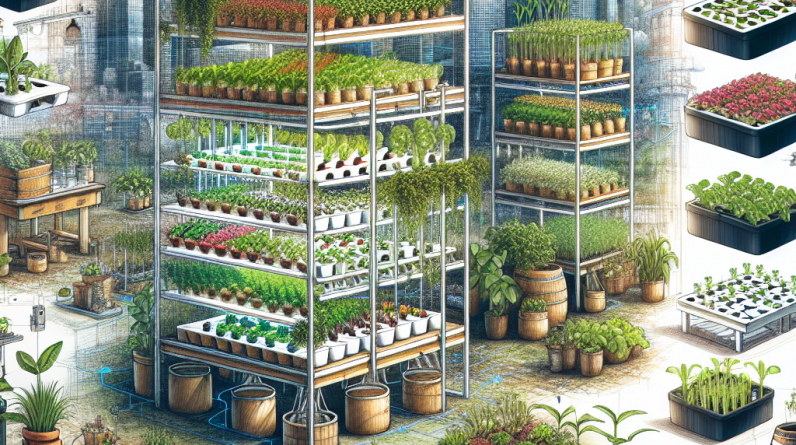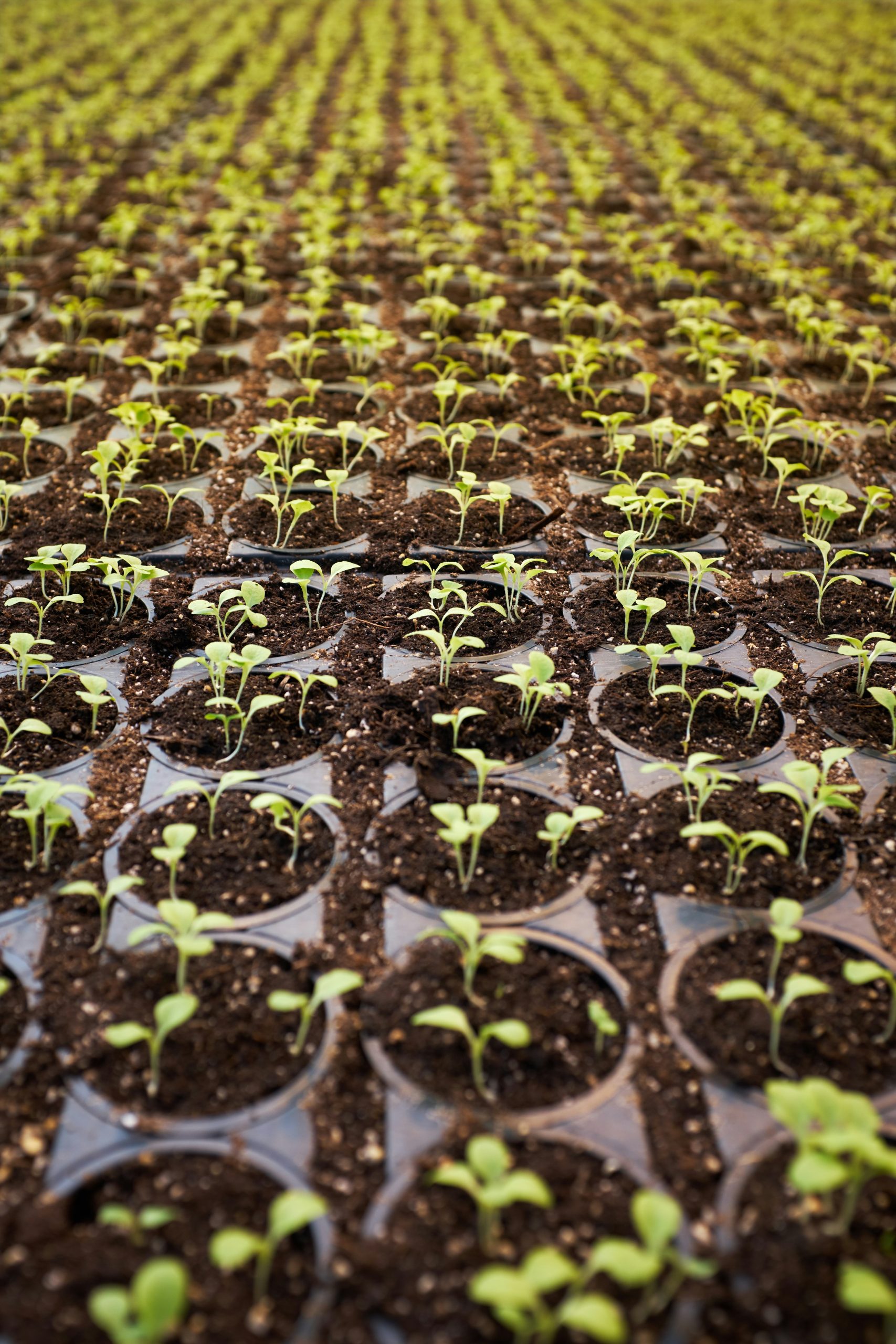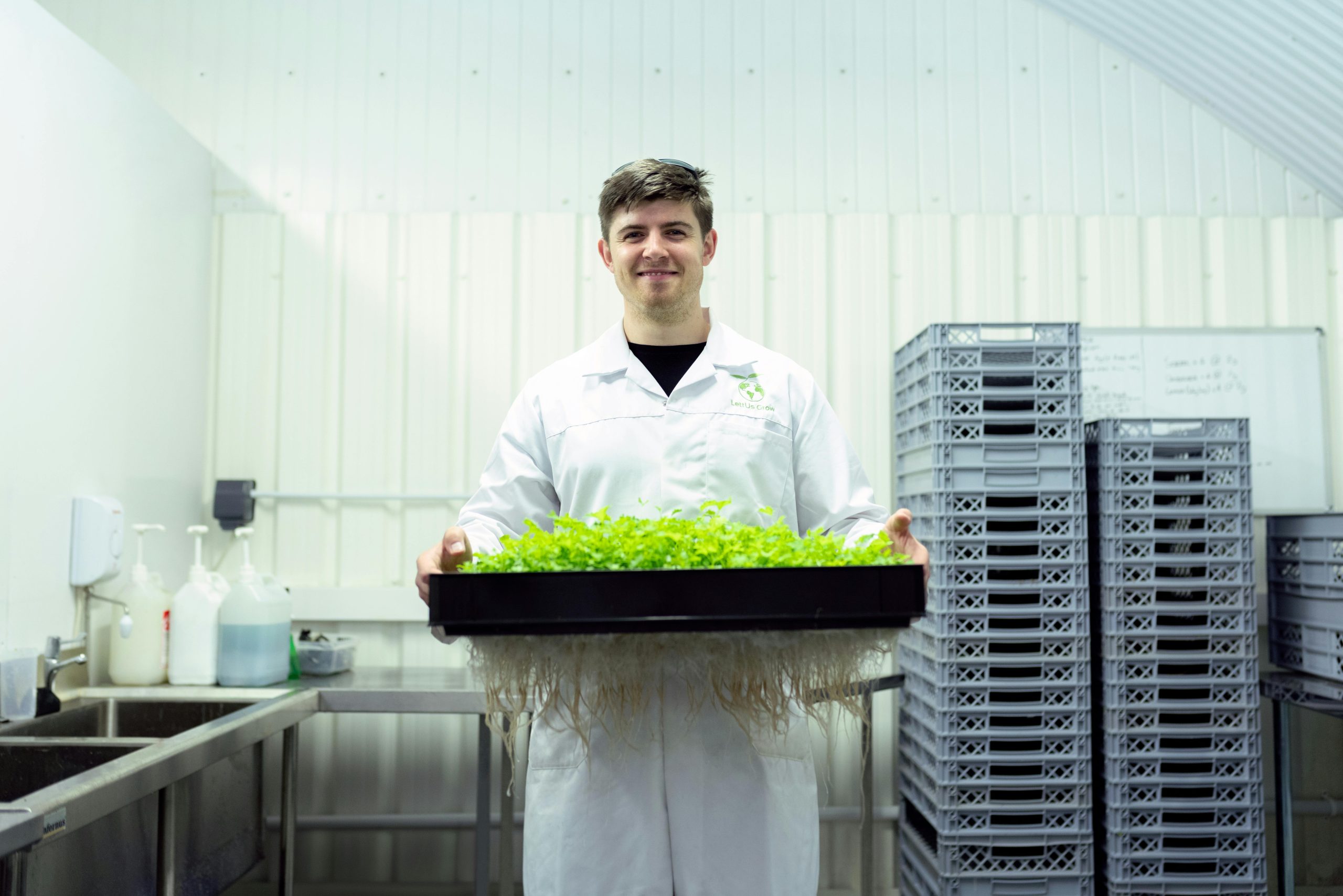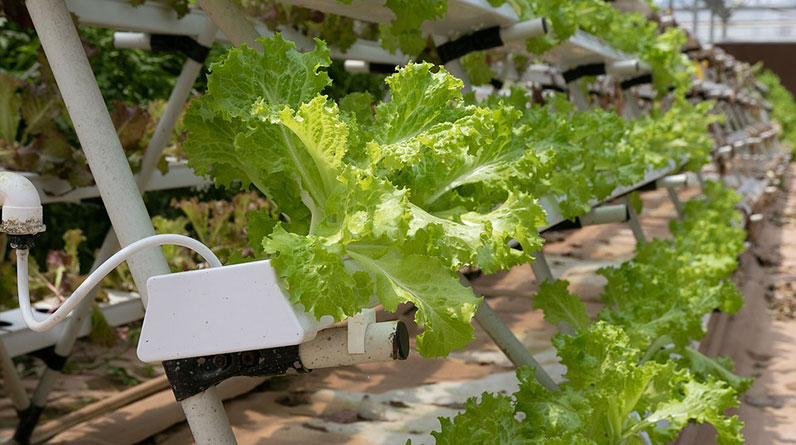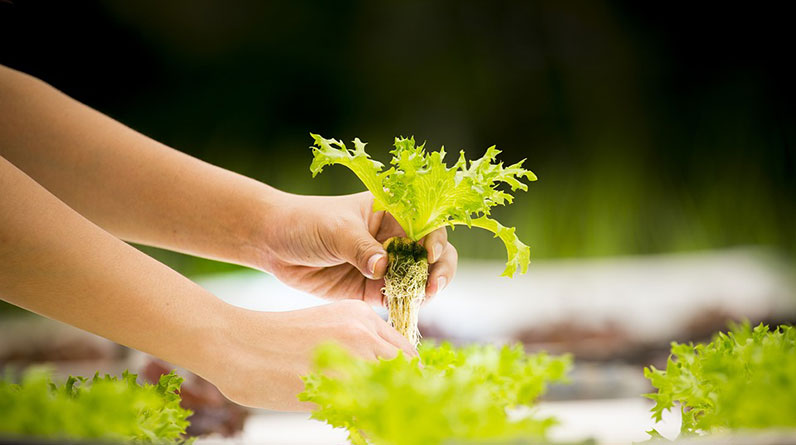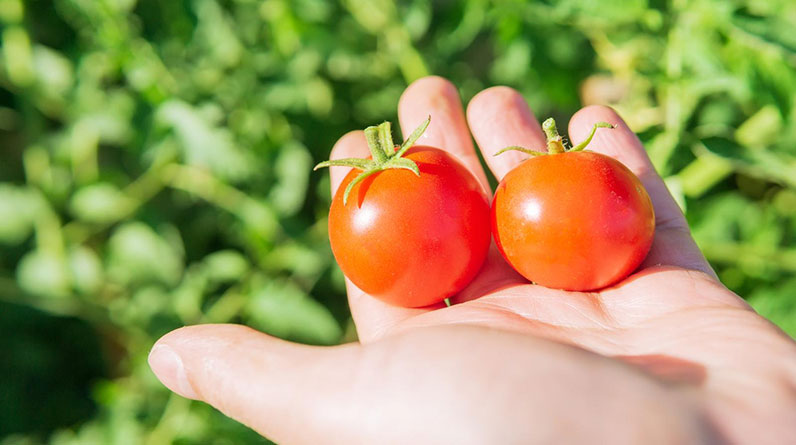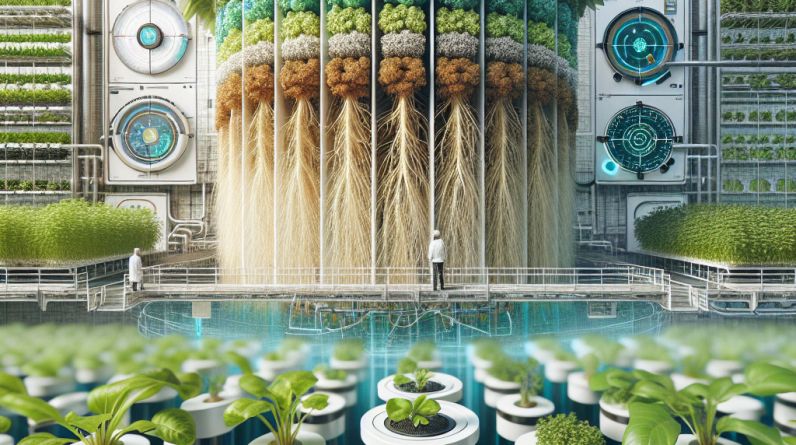
Understanding Hydroponic Crop Rotation
What is Crop Rotation?
Let me begin with the basics: crop rotation is all about changing the types of crops grown in a specific area over a recurring cycle. This is crucial for any farming, including hydroponics. With hydroponics, we don’t have soil to layer nutrients and microbes. Instead, it’s a game of balancing pH, nutrient levels, and plant types.
With hydroponics, you can keep your water and nutrient solution fresh by rotating crops. Each crop has different nutrient requirements and pest resistance profiles, so if you continually grow the same plants, the system can suffer. By rotating, I can avoid the nutrient depletion and diseases that come from mono-cropping, ultimately allowing the plants to thrive.
Honestly, it’s an easy and beneficial practice that, once understood, can really supercharge your harvest. It’s much like keeping your diet diverse—variety’s the spice of life! And when it comes to growing, it’s the same thing; each plant brings something different to the table.
Benefits of Hydroponic Crop Rotation
Improved Nutrient Management
One of the most significant advantages I’ve noticed with crop rotation is enhanced nutrient management. Different crops take up different nutrients. For example, leafy greens might consume more nitrogen, while fruiting crops need a boost of potassium. When I rotate them, it allows my nutrient solution to breathe a bit, avoiding nutrient lockout.
Moreover, certain plants can even enrich the solution for the next phase of crops. Legumes, for example, fix nitrogen in the system, which is a perfect precursor to growing heavy feeders like tomatoes. It’s like having rotating dinner guests who bring their own dish for the feast!
This doesn’t just feed the plants; it makes my life easier in managing the system. Having a carefully planned rotation means I worry less about the nutrient buildup becoming toxic for my next crop. So, when it comes time to harvest, I’m not just harvesting plants, but I’m also reaping the rewards of good planning!
Planning Your Crop Rotation Schedule
Seasonal Considerations
When planning my crop rotation, I eagerly consider the seasons. Certain crops grow better in warm weather, while others, like lettuce or peas, thrive in cooler temperatures. Understanding these seasonal nuances is key—it helps me maximize my yield without breaking a sweat!
I often create a simple seasonal calendar to visually map out what I’ll grow at each time of the year. It keeps myself organized and ensures that I’m utilizing the space efficiently. It’s like scheduling parties around the holidays: you want to make sure it’s the right time for the right crowd.
By aligning the right crops with the appropriate seasons, I can cut down on pests and diseases, thus having to rely less on chemical treatments. It’s a win-win for the plants and for my peace of mind. Plus, when I align things harmoniously with nature, it feels pretty gratifying!
Implementing Effective Crop Rotation Techniques
Choosing Complementary Crops
When it comes to crop rotation, I can’t stress enough the importance of choosing complementary crops. For instance, planting heavy feeders like peppers after nitrogen-fixers like beans can do wonders. It’s about creating a supportive ecosystem within my hydroponic system.
I also take into account the growth spaces required for each plant. Tall crops shouldn’t overshadow the short ones. So, having a mix that uses vertical space effectively helps to ensure that all my plants have ample light and resources to thrive.
As I plan my rotations, I also think about pest cycles. Some plants naturally repel pests that affect others. For example, marigolds can be great companions for many crops while simultaneously driving pests away. I love that nature always has a clever trick up its sleeve to support us!
Monitoring and Adjusting Your Strategy
Keeping a Growth Journal
One of my favorite practices has been to keep a growth journal. It’s super informal—just a notebook where I jot down growth patterns, pest appearances, and harvest yields. I can learn what works and what doesn’t over time, which tweaks I need to make, and how rotations impact my overall system.
Monitoring keeps me updated on what my plants need and when they need it. Each year brings a new set of challenges and opportunities, and sometimes I need to go back to the draw board and adjust my rotations. A simple growth journal can help identify what went wrong without losing too much sleep over it!
Adjusting my strategy based on this collective knowledge gives me the confidence to experiment. Maybe I saw that lettuce struggled after tomatoes; I’d note it down for next time. Learning is a lifelong journey, especially in gardening, and trust me, the more I write things down, the sharper my skills become.
Conclusion
With the right techniques, hydroponic crop rotation can significantly optimize your harvest. It’s about understanding the crops, planning wisely, implementing effectively, and staying observant. I personally find this approach not just beneficial for productivity but also incredibly rewarding as a gardener. Each rotation tells a story, and I’m always eager to turn the page to the next chapter!
FAQ
1. What is hydroponic crop rotation?
Hydroponic crop rotation is a practice that involves changing the types of crops grown in a hydroponic system over time to enhance nutrient management, reduce disease, and improve overall harvest yield.
2. What are the benefits of crop rotation in hydroponics?
Benefits of crop rotation include improved nutrient management, reduced pest issues, a healthier growing environment, and optimized use of your hydroponic system.
3. How do I plan a crop rotation schedule?
When planning a crop rotation schedule, consider seasonal growing conditions, the nutrient needs of different crops, and their height and space requirements to maximize growth and yield.
4. Can I grow any crop in hydroponics?
Not all crops thrive in hydroponic systems. It’s best to choose those that do well in a soilless environment, such as lettuce, herbs, cucumbers, and tomatoes, which can adapt well to hydroponic conditions.
5. How can I monitor the success of my crop rotation?
You can monitor the success of your crop rotation by keeping a growth journal. Documenting growth patterns, yields, and pest occurrences can help refine your future rotations effectively.


